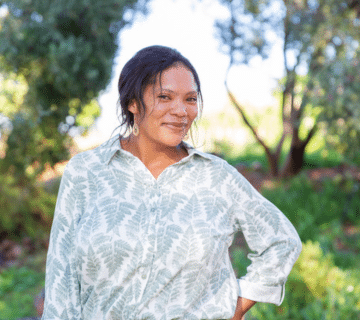The scene of the Great Migration is a year-round stunning landscape of savanna plains, rivers and a huge range of wildlife, especially big cats. Discover private concessions away from the crowds.
June to mid-March
Scroll for more
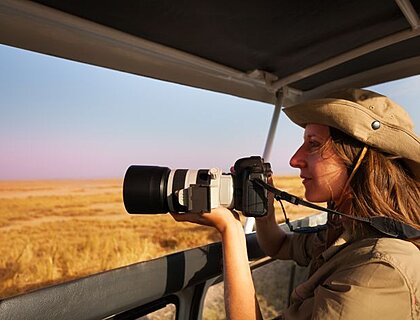
Yet the Mara is not only about the migration. Resident wildlife is prolific year-round: prides of lion lazing under acacias, cheetah scanning the plains, leopard slipping through riverine forests. Elephant, rhino, buffalo, giraffe, hippo, and crocodile are constants here. Whether it’s January or August, the Mara never disappoints.
But while the National Reserve draws the crowds, the real secret lies just beyond its borders. The private conservancies surrounding the Mara offer an entirely different experience — one designed for travellers who want exclusivity, intimacy, and depth of understanding.
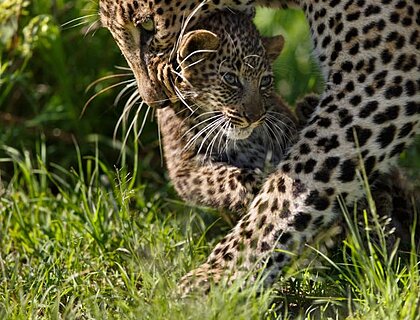
These private conservancies also offer what the National Reserve cannot: guided bush walks, night drives, and the chance to connect meaningfully with Maasai culture. Many lodges work closely with local communities, so a stay directly supports conservation and livelihoods. For many of our guests, this sense of giving back is part of the experience.
Back to main Kenya safari page.
/
It’s true that the Mara can be exceptionally busy in peak season. If you want to try to see the spectacle of the Masai Mara wildebeest migration crossing the rivers, don’t expect to be alone! (River crossings are not guaranteed as I depends on a multitude of factors.) Some Masai Mara camps stake their reputation on their location being close to the Mara River. But then game-viewing will be busier.
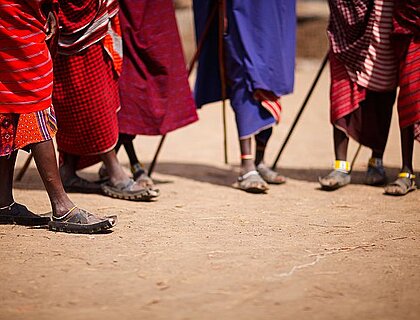
Of course, a day trip into the National Reserve during migration season can easily be arranged — so you enjoy the best of both worlds: the epic drama of the river crossings and the serene, crowd-free intimacy of conservancy life. But many clients actually prefer the conservancy game-viewing.
Your ideal safari camp will depend on your interests, time of year and of course budget. Discuss your preferences with us so we can help you make the right choice.
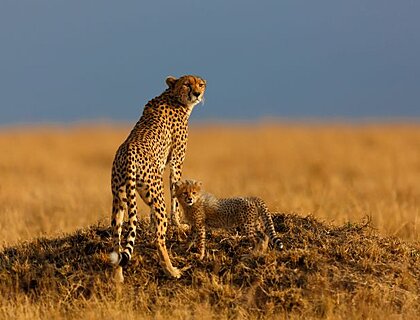
July to October, when the herds cross the Mara River. But increasingly we are recommending the Mara out of peak season as there is plenty of resident game and the park is quieter.
Are the Masai Mara conservancies worth considering?
Yes, we often book the lodges in the private conservancies: they offer more exclusivity, the chance to enjoy walking safaris and night drives, and closer interaction with Maasai culture.
Is the Masai Mara only about the migration?
No! Resident wildlife is excellent year-round, particularly for big cats. In fact, the river crossings are increasingly one of the rare experience of over-tourism in action in Africa
Ready to see the Great Migration? Let us design a Masai Mara safari that combines drama, luxury, and seclusion.
